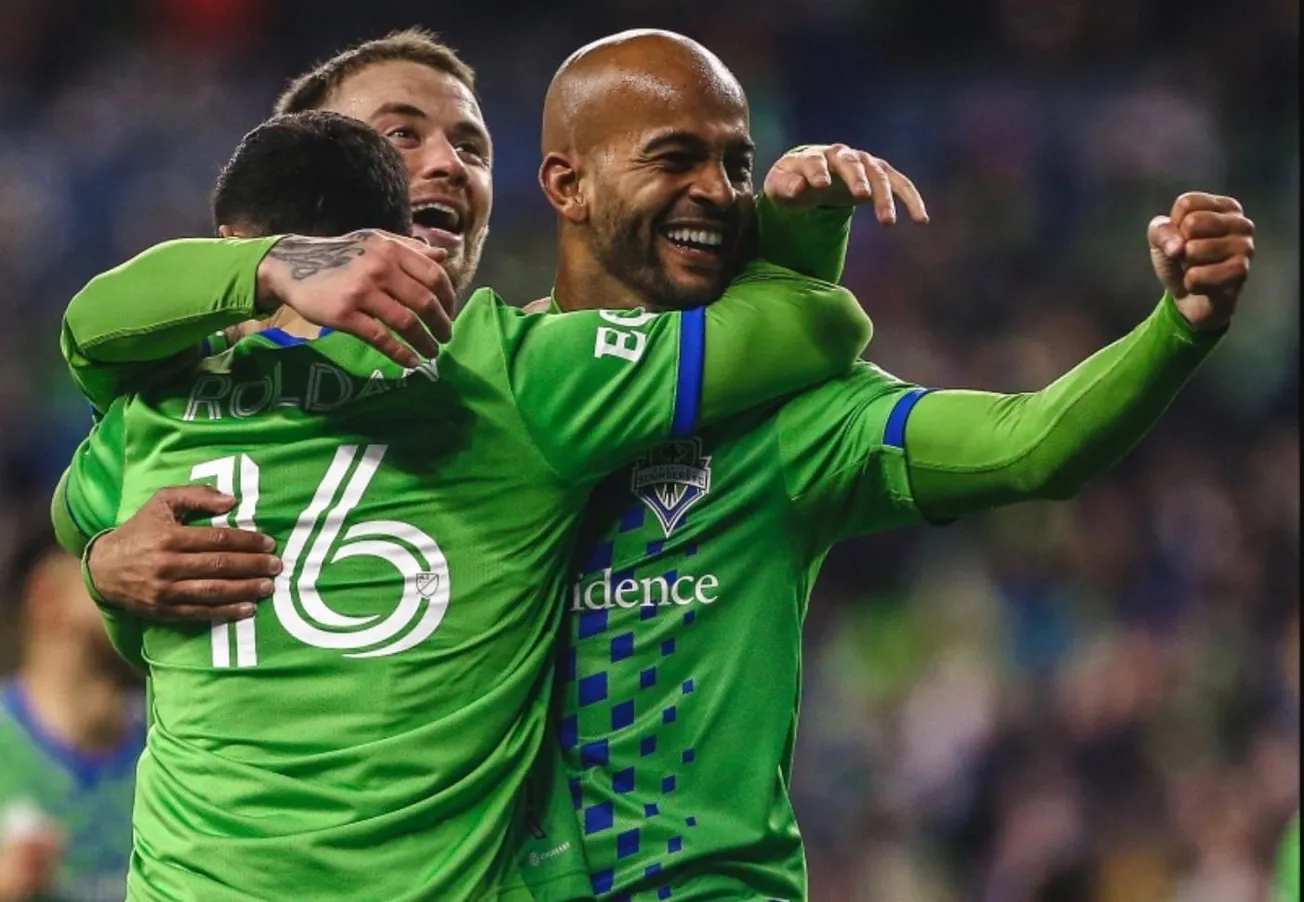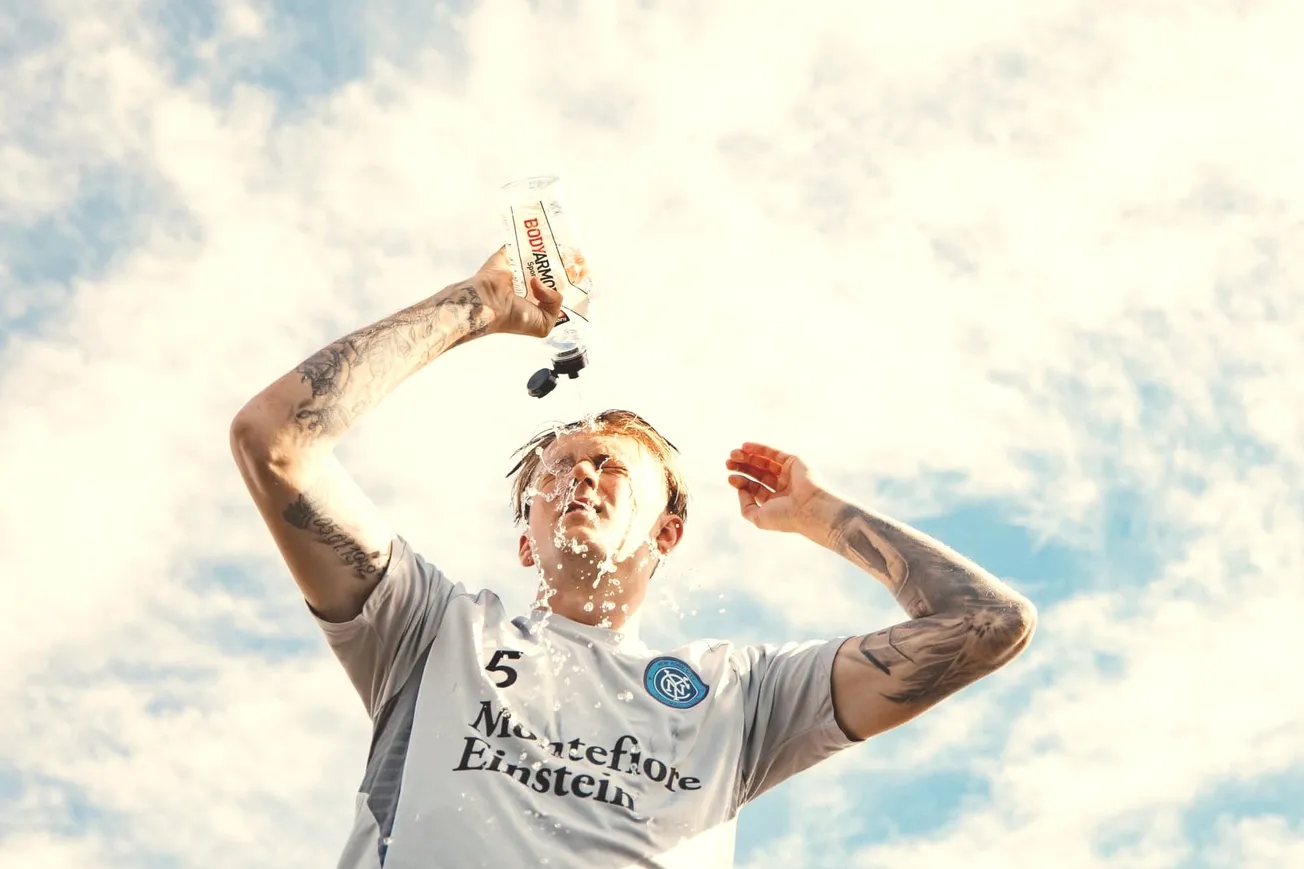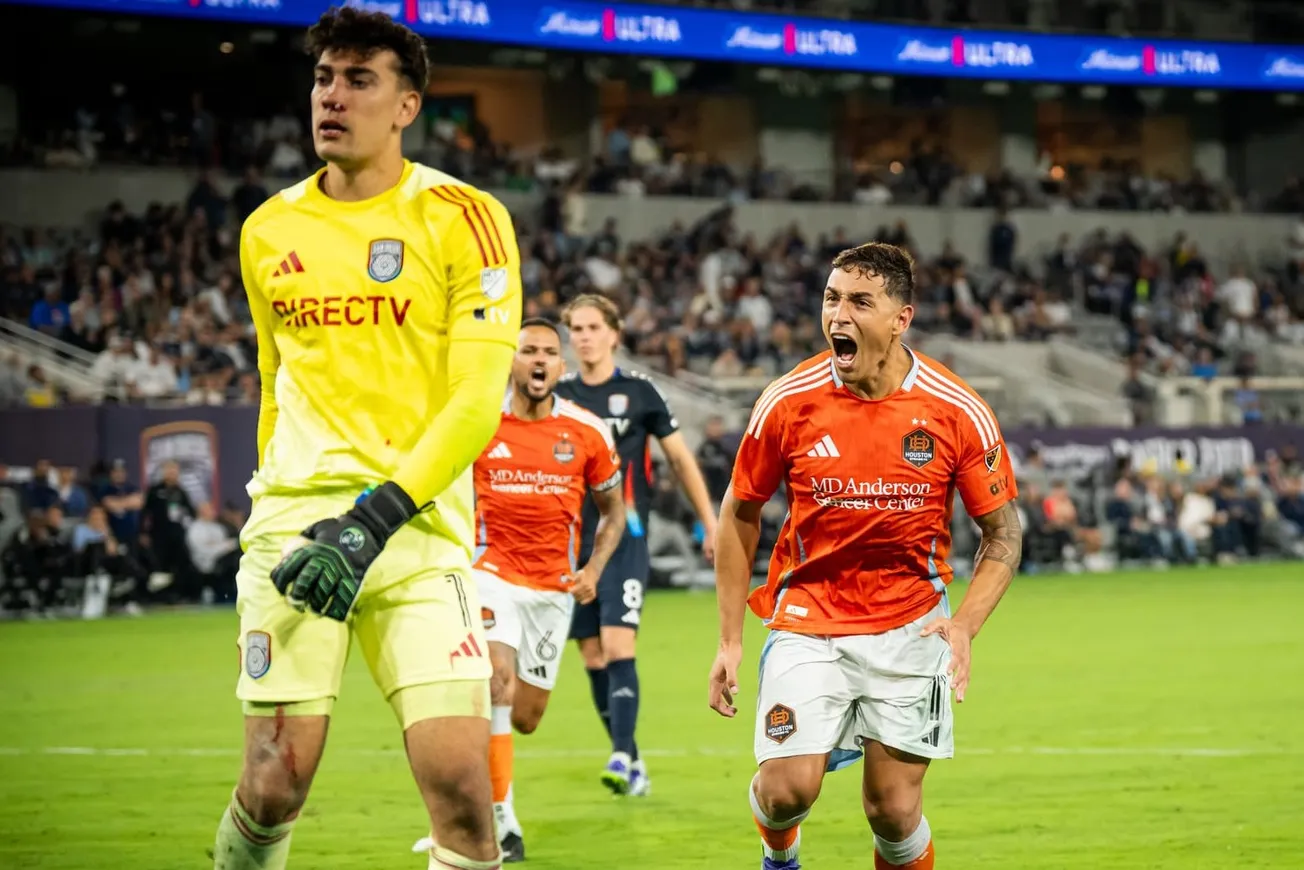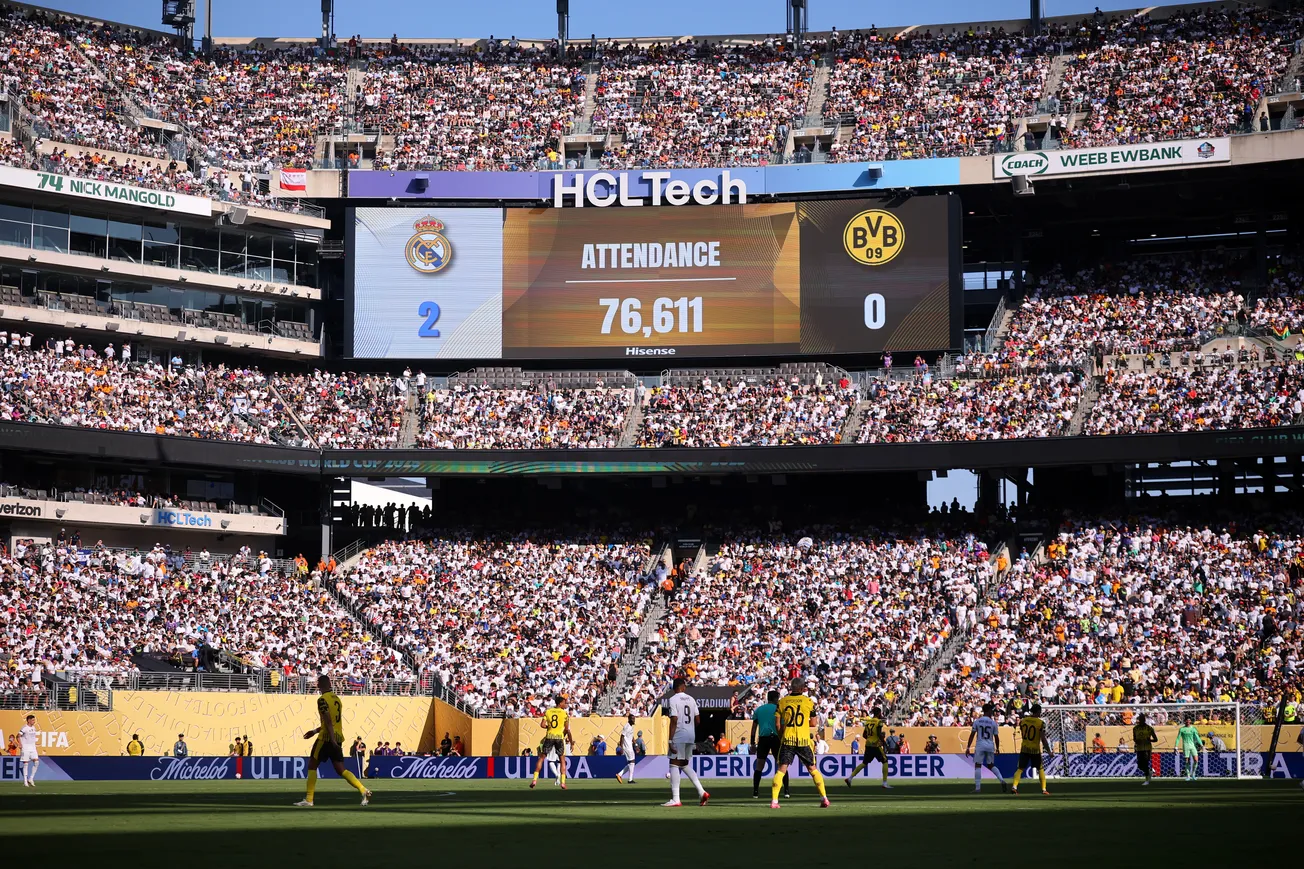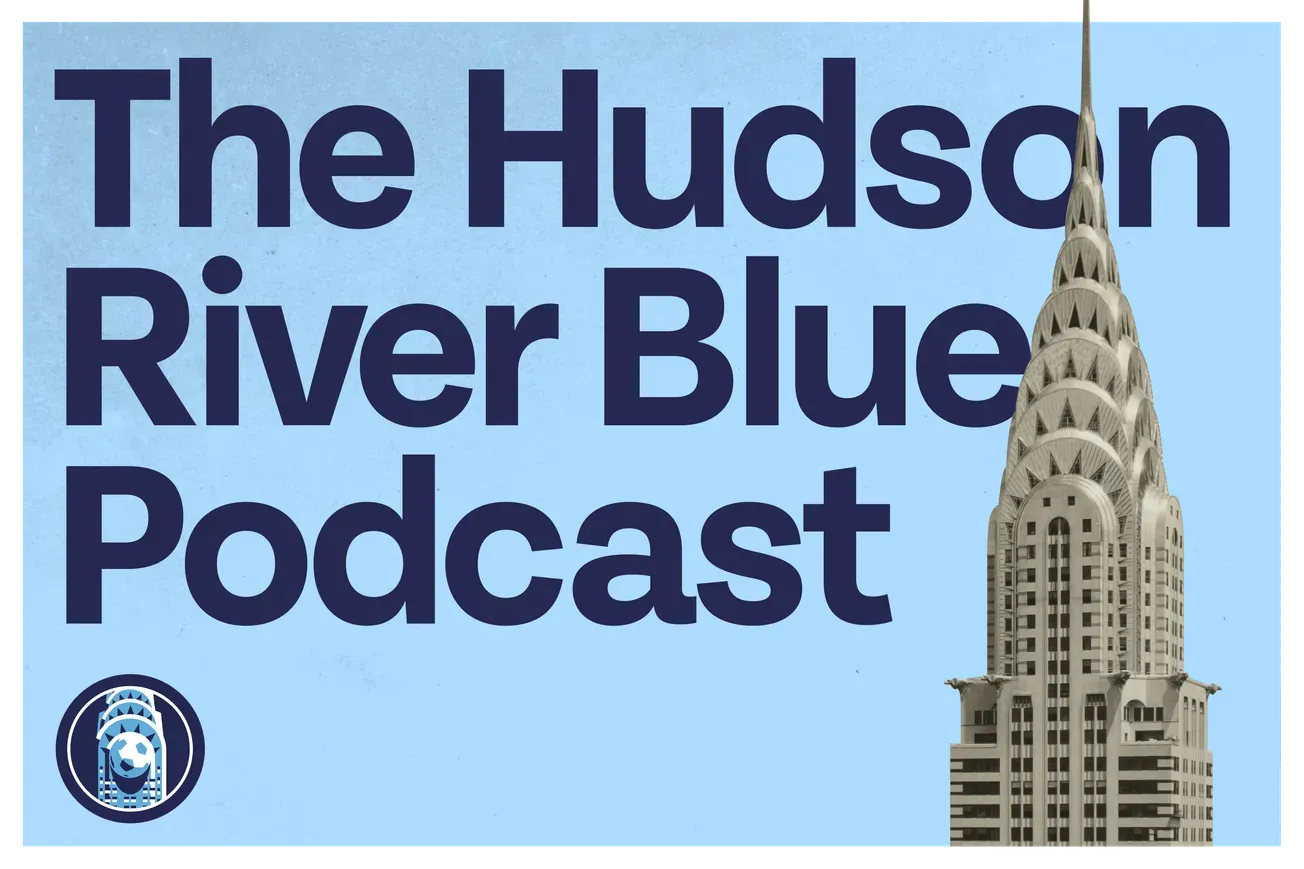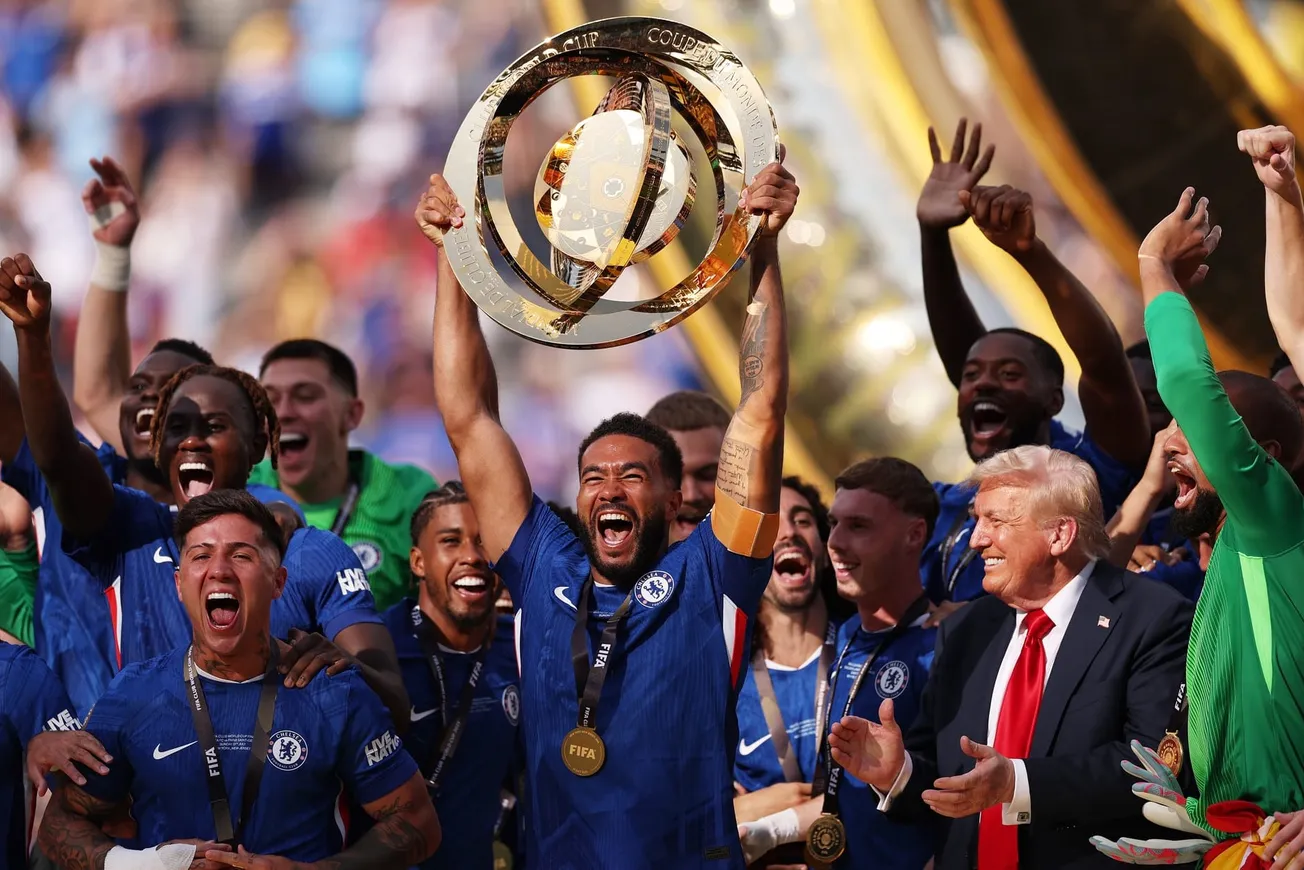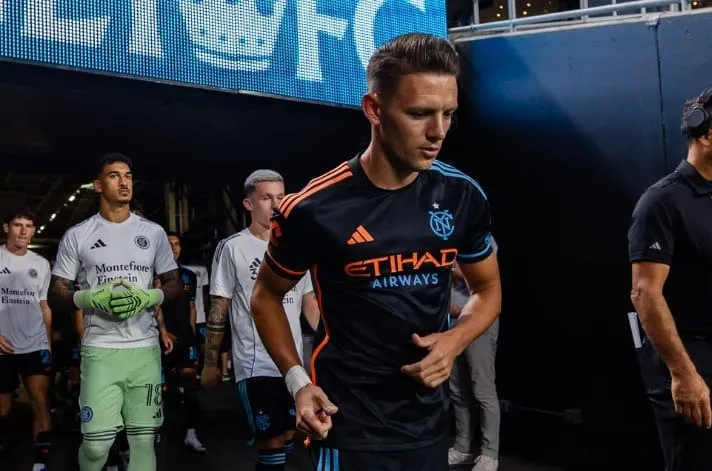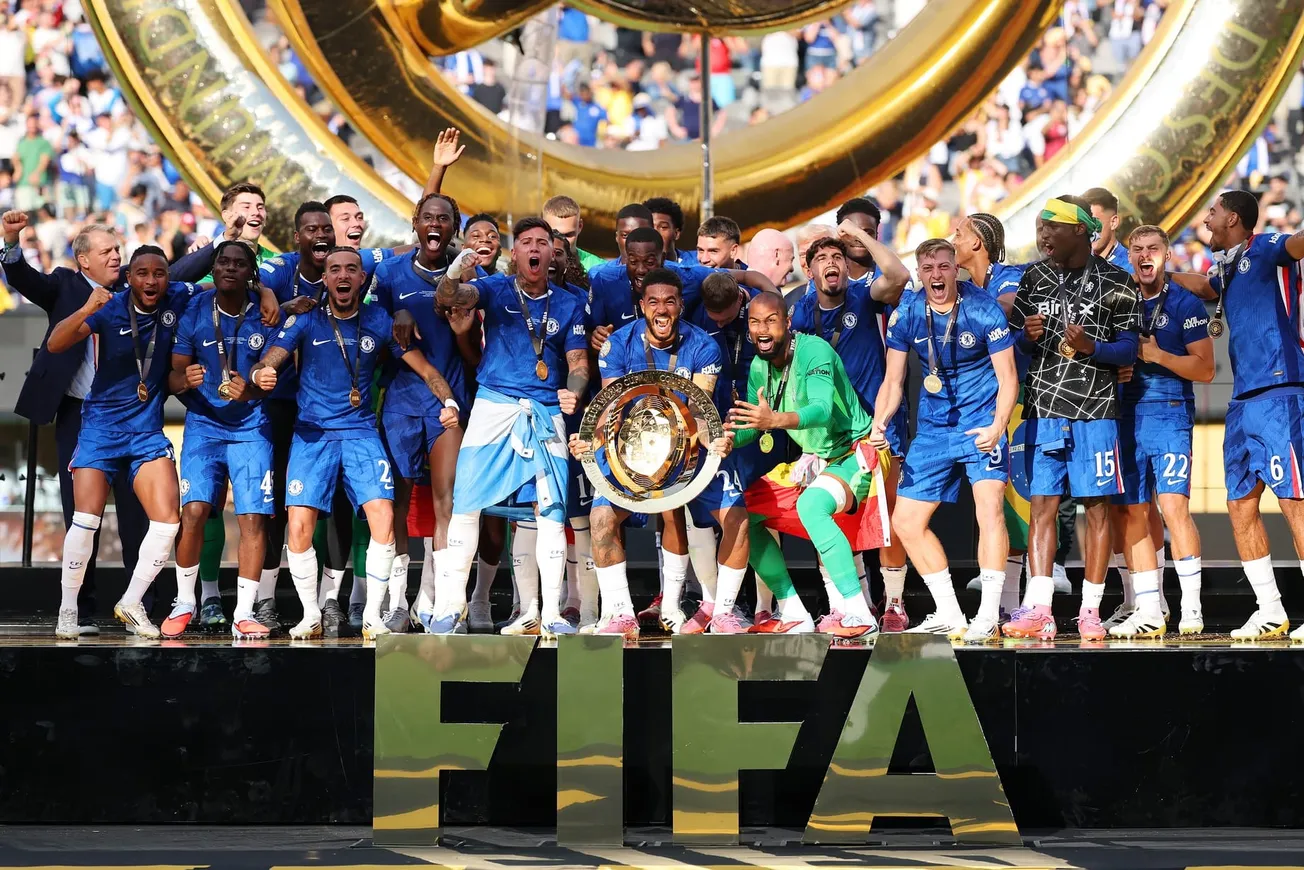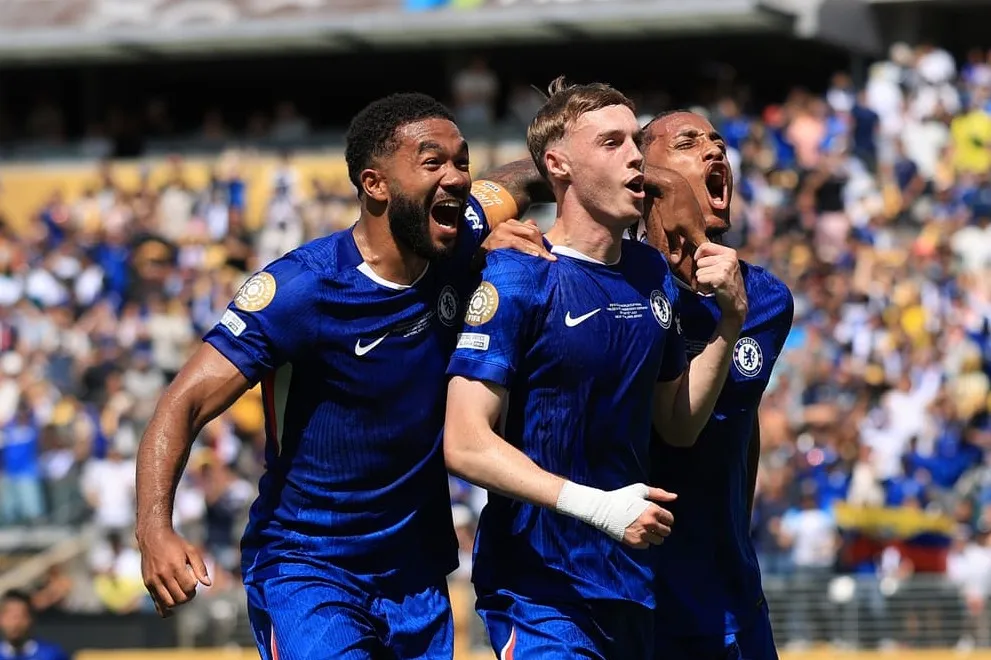New York City FC’s decision to trade Héber to Seattle Sounders in late December has become the subject of some second-guessing after just two MLS regular season matches.
The recently-departed Brazilian striker has gotten off to a flying start with his new club. He’s scored in both of Seattle’s opening MLS matches, and thus far leads all of MLS in shots and expected goals (xG).
NYCFC, meanwhile, have looked sluggish in attack while attempting to get square-peg wingers – Talles Magno and Thiago – to fit into a round striker-sized hole. NYCFC continue searching for internal or external answers at striker, while Sounders manager Brian Schmetzer laments the “horrible” lineup decisions he faces when Seattle’s first-choice forward, Raúl Ruidíaz, is again available for selection alongside Héber.
The initial knee-jerk reaction would be to declare NYCFC’s decision to part with Héber in exchange for up to $550,000 in allocation money a mistake. While he’s banging in the goals and helping Seattle again look like contenders for MLS Cup, NYCFC struggle to score and reportedly continue to scour the transfer market for a new No 9. Rendering a verdict on the trade this early, though, feels premature and ignores important context around the player, the playing styles of the teams involved in the trade, and the other roster-building decisions faced by NYCFC sporting director David Lee.
Let’s attempt to unpack all the various factors that should keep NYCFC fans from overreacting to Héber’s hot start in the Pacific Northwest.

